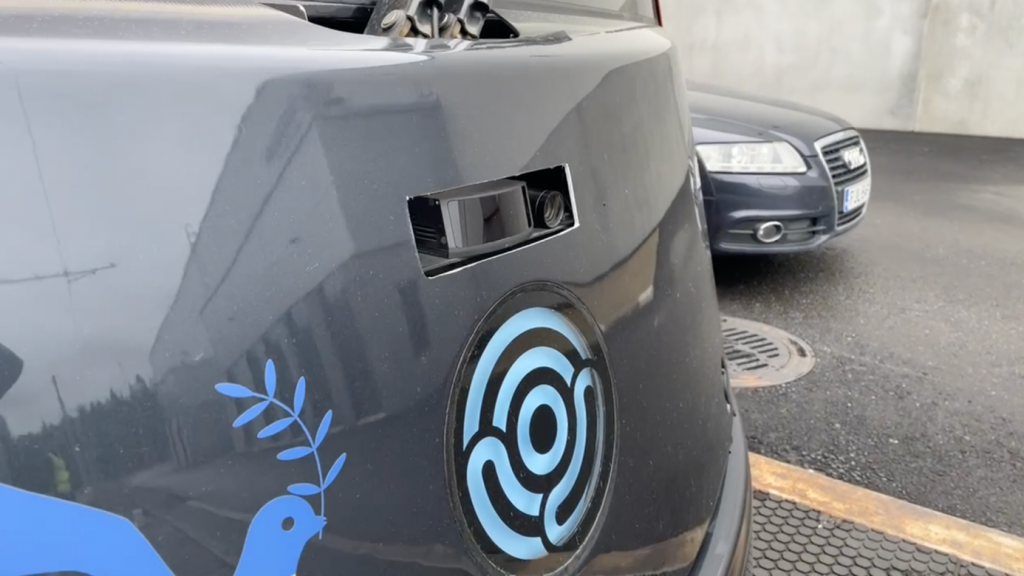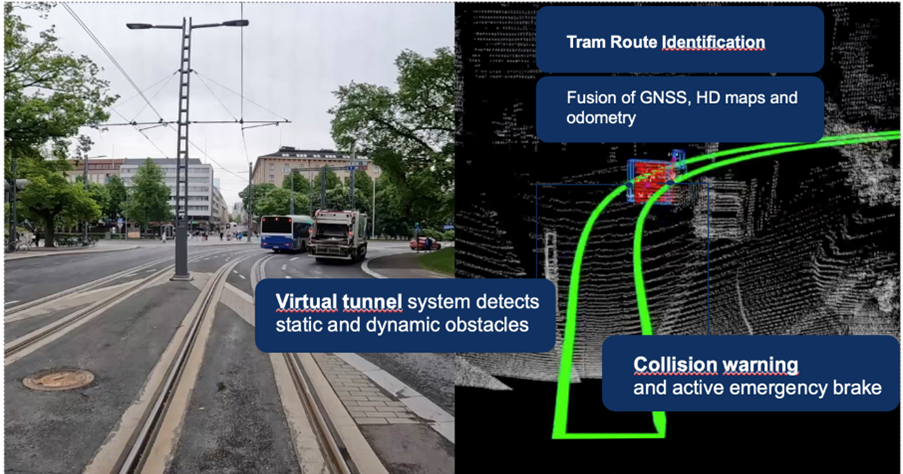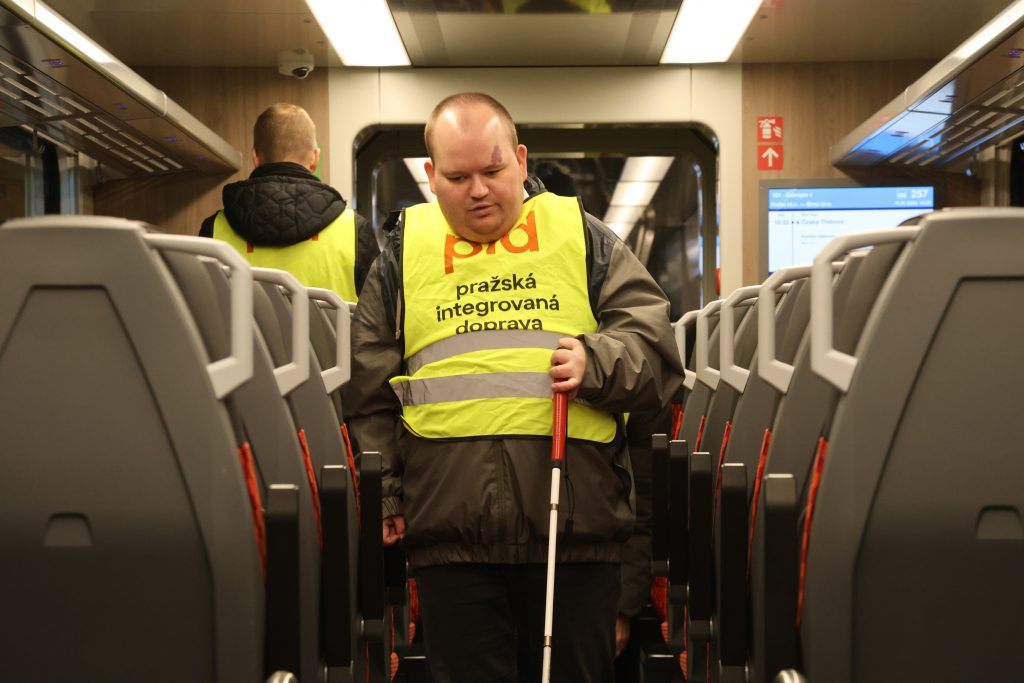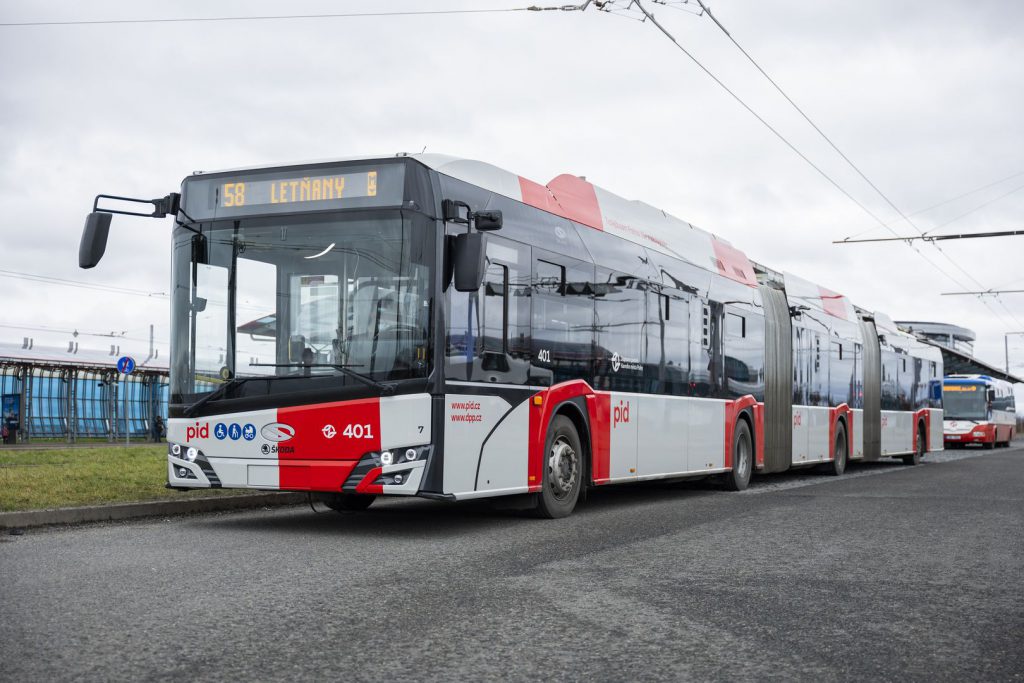Contact for media
2. 12. 2022
Škoda Group’s anti-collision system is tailored to tram traffic, uses LiDAR technology
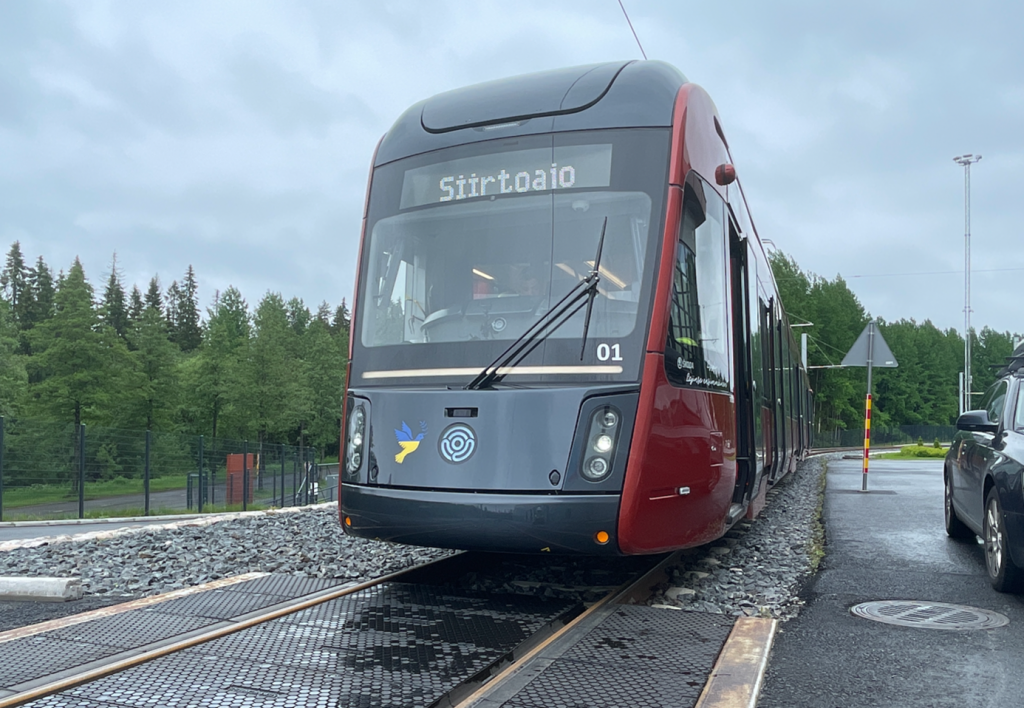
Should we use LiDAR or RADAR technology for the anti-collision system? That's what this is all about. In the world of anti-collision systems, various sensors are used to detect obstacles. In the automotive industry, the combination of RADAR and cameras is the most common. In our anti-collision system, we use a combination of LiDAR and camera. Why do cars use electromagnetic waves for detection and our trams use a laser beam and what are the differences?
Before we answer the above question, it is good to know how we have thought about the development of the anticollision system. Competing rail systems often take a solution developed for cars and try to adapt it to trams. However, our developers have developed a system specifically geared towards tram traffic!
The key advantage is that we work in a closed infrastructure environment in rail transport. This opens up an opportunity that is very difficult for the automotive industry. That opportunity is the ability to map routes and to maintain and update the maps regularly. To clarify – these are so-called HD maps, which are essentially a virtual model of the route. Moreover, the total track length for trams is several times smaller than the total number of kilometres of routes. The first major advantage of LiDAR, therefore, is the ability to create HD maps. Currently, there is no RADAR with the same functionality available in series.
It is true that competitors who use RADAR in combination with a camera can drive straight off without mapping, because they use the camera image to identify where the vehicle is. However, this approach has its weaknesses. It may not work correctly in many cases.
This is for example when the tracks are obscured by snow or leaves, when moving from a light environment to a dark one or due to water droplet reflections. In all these situations, the visibility of the tracks is lost and the functionality of the system is impaired. Our combination of sensors primarily uses information from odometry, GNSS and HD maps so that the system knows exactly where it is, and this ensures that system functionality is not degraded.
How far can it see?
The anti-collision system from our workshop is capable of detecting a larger object – for example a car or a tram – at 100 metres. In the case of smaller objects, such as an adult or a child, the system can detect at 50 metres. In addition, LiDAR is able to very accurately calculate the speed, acceleration and trajectory of the object, data that provides relevant information about whether the object is on a collision course or not. Some may argue that it would be better to detect an obstacle at, for example, 400 meters, but this is where common sense comes into play. If the object is 400 metres in front of the tram, it is more than likely that by the time the tram reaches the location, the object will be long gone.
Weather conditions
It is good to remember that even a human being is not able to see well in all conditions, for example in dense fog. The same is true for the aforementioned sensors. Each of the technologies, be it LiDAR, RADAR or camera, has strengths in different weather conditions. As you read this, various development teams around the world are working to ensure that sensors will one day be more reliable than the human eye in every way. Therefore, it is quite possible that RADAR will complement our LiDAR and camera in the future.
Safety first
We develop our digital technologies in accordance with the three values of Safety – Comfort – Ecology. This is the main reason why we decided to go the LiDAR route, because we have clearly evaluated that this technology will allow us to fulfil the Safety value much better than using RADAR technology.



